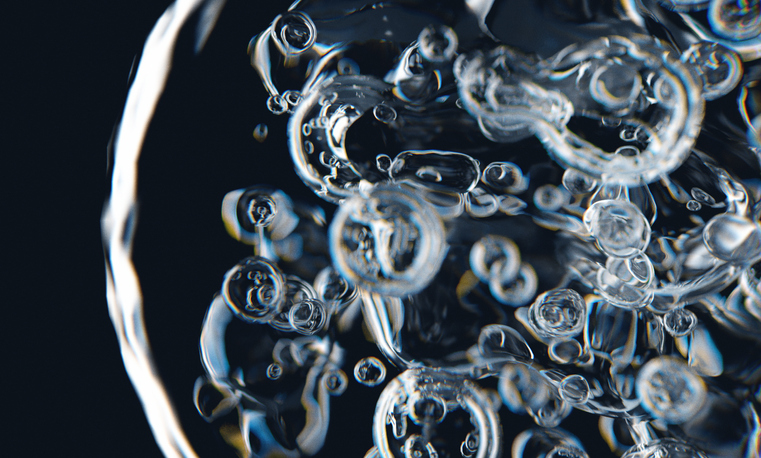Let's talk about lab water
Let's talk about lab water

Deionised water, or DI water, is water that has had all (or most) ions removed. The ions present in water can often be picked up through soil, such as calcium or sodium. Ions Iron and Copper can also be picked up through the water pipes. Ions are a substance naturally present in water, filtering them out is a way of producing pure water.
Deionised water is different to distilled. Whilst both are pure forms of water, the distillation process removes different forms of contaminants to deionisation. Deionisation focuses on contaminants that carry an electric charge, which are mineral ions. Distillation removes contaminants regardless of their electric charge. This means when water is processed using distillation mineral and organic contaminants are removed, regardless of their electric charge.
The deionisation of water can be achieved through multiple methods. Purification technologies we use that incorporate deionisation are:
EDI is a form of water treatment that utilises electricity, ion exchange membranes and resin to remove Ions and other Ionised species from water, like salts and organic acids. Chambers are filled with ion resin and separated by ion-exchange membranes. When water passes through, the ions are pushed through these membranes and resin by an electric current, purifying the water.
Ion-Exchange is a deionisation process where water is passed through beds of ion- exchange beads. When the water comes into contact with these beads, the ions are transferred from the water to the beads. They are then replaced in the water by hydrogen and hydroxyl ions. This creates the final product of pure water.
Water can be deionised following the application of Reverse Osmosis (RO). RO is where water is passed through a semi-permeable membrane to remove water impurities. This includes ions, organic compounds and particulates. Water processed using RO is already attaining a pure at the end. Coupling it with deionisation ensures you have water with high levels of purity.
Deionised water is valuable, because of its high level of purity. Ions are usually carrying an electric charge. The deionisation of water removes this charge. As a result, it is used across a range of different industries for multiple different applications.
Deionised water makes a good cleaning agent for apparatus and is frequently used in general lab applications. Its pureness means contaminants on the equipment become more attracted to the water. Equally, it doesn’t leave any residue on the equipment as it’s contaminant-free.
Ions in water can lead to a number of issues when it comes to biochemistry applications. In turn this impacts the reliability of results and immunoassays. Using DI water in clinical biochemistry avoids this problem and allows for accurate data.
Owing to its low conductivity, deionised water is used in Electrochemistry. This avoids ions in the water interfering with the signals. Ions in the feedwater can also interact with ions being used during an application, which can lead to the electrical properties being changed and the results affected.
Ion species should be kept low when completing Cell Culture techniques. This is because some ions can by cytotoxic to different cell types. This contamination can affect the reliability and accuracy of results.
In Immunochemistry it’s important to maintain a consistent pH balance. Ions can disturb the pH balance and processes such as Fluorescence and absorption can be impacted by the presence of metal ions. Use of deionised water avoids these disruptions.
Deionised water is a perfect solution for molecular biology. Molecules with a negative charge mimic the DNA charge, which in turn interferes with the catalytic process. In electrophoresis the presence of ions can affect overall concentration levels. This disrupts the pH balance and the ionic strength being used as buffers.
In Mass Spectrometry, it’s important to use pure water to avoid any interference with the analysis and results. Deionised water is a valuable solution in these applications. Presence of ions and other contaminants in both ICP-MS and ICP-OES affect the sampling and standards.
Spectrophotometry uses the amount of light absorbed by a solution to measure the amount of a substance present. Ions absorb light and would skew the results. Deionised water in these applications avoids this interference.
Using DI water in your applications places you at an advantage. This is because deionised water:
• Is very pure.
• Has low levels of conductivity due to removal of ions.
• Is non-corrosive and will not react with metals.
• Dilutes without contaminating the solution.
• Is easy to produce.
At ELGA LabWater, we use the latest technologies in our water purification systems. We work with you, from design and development to installation and maintenance, to ensure you have a consistent supply of deionised water. Whether you need ultrapure water, or type III feed water, we have the system for you.